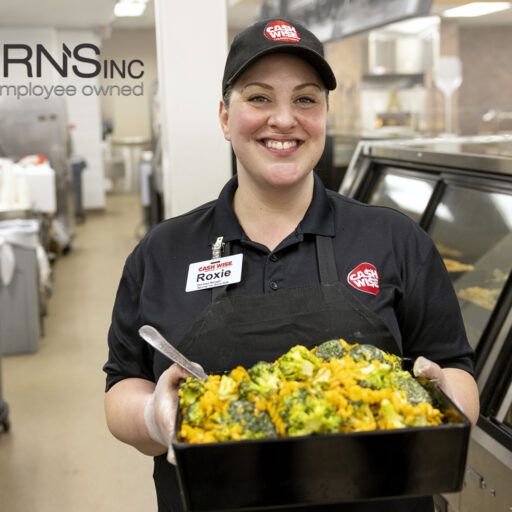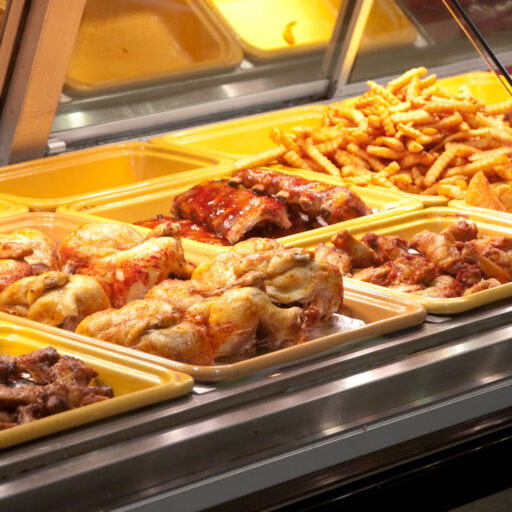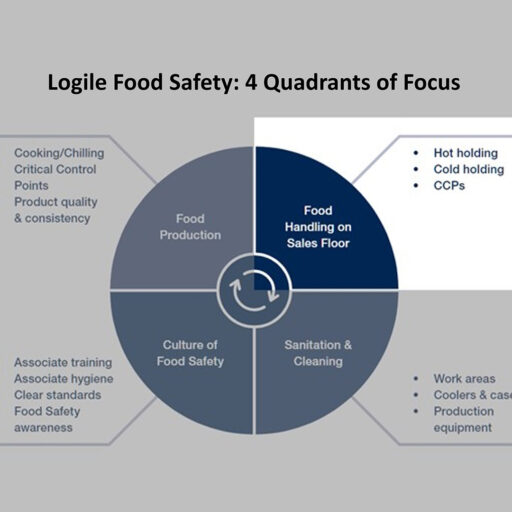
4 minute read
Coborn’s Completes Logile Thermal Intelligence Solution Implementation Across All Banners and Locations to Improve Food Safety and Quality for Hot and Cold Foods
Midwestern grocery retailer Coborn’s replaces existing temperature monitoring system with Logile’s unique, thermal engineered fluid-based, automated wireless temperature sensors for increased accuracy and compliance.


